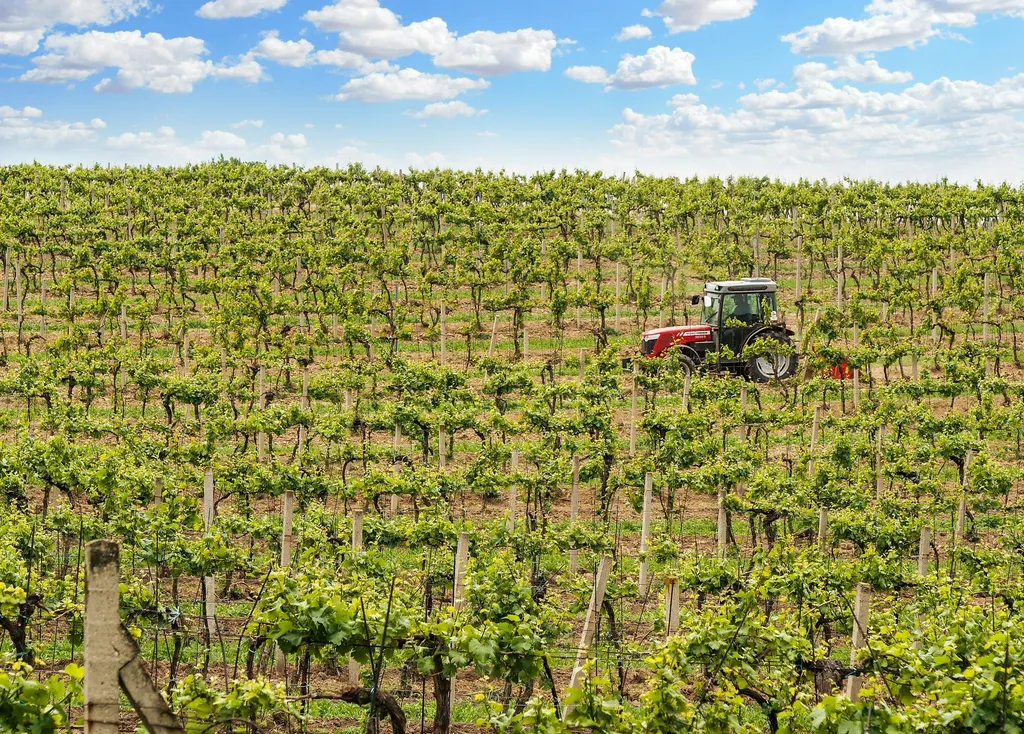In the heart of Bulgaria, a groundbreaking study is reshaping the way we think about land evaluation and agricultural productivity. Led by Veselin Pankov from the Institute of Soil Science, Agrotechnology and Plant Protection “N. Pushkarov” in Sofia, the research focuses on harmonizing land bonitation in the river Tundzha catchment area for the cultivation of dessert grapevines, all without the need for irrigation. This work, published in the journal *Soil Science, Agrochemistry and Ecology*, is not just about grapes; it’s about revolutionizing agricultural practices and potentially boosting the commercial viability of the sector.
Pankov and his team have created comprehensive databases detailing the climatic and soil characteristics of the Tundzha catchment area. Using Geographic Information Systems (GIS), they processed this data to evaluate the land’s suitability for dessert grapevine cultivation. “The key here is the harmonization with the FAO’s framework for land evaluation,” Pankov explains. “This ensures that our findings are not just locally relevant but globally applicable.”
The study employs the officially recognized “Methods for working with the agricultural land cadastre” in Bulgaria, but it doesn’t stop there. By aligning these methods with the Food and Agriculture Organization’s (FAO) guidelines, the research provides a robust and universally applicable evaluation system. This harmonization is crucial for several reasons. Firstly, it ensures consistency and reliability in land evaluation, which is essential for agricultural planning and investment. Secondly, it opens up new avenues for commercial agriculture, particularly in regions where water scarcity is a significant challenge.
The implications for the agricultural sector are profound. With a reliable system for evaluating land suitability, farmers and investors can make more informed decisions. This is particularly relevant for the cultivation of high-value crops like dessert grapevines, which require specific soil and climatic conditions. “Our goal is to provide a tool that can guide farmers and policymakers in making decisions that are both economically viable and environmentally sustainable,” Pankov states.
The research also highlights the importance of GIS technology in modern agriculture. By leveraging GIS, the team was able to process and analyze vast amounts of data with unprecedented accuracy. This technology is becoming increasingly vital in the agricultural sector, enabling precision farming and optimizing resource use.
Looking ahead, this study could pave the way for similar evaluations in other regions, both within Bulgaria and beyond. The harmonization with the FAO framework ensures that the methods and findings are transferable, making it a valuable resource for global agricultural development. As Pankov puts it, “This is just the beginning. The potential for this approach is immense, and we are excited to see how it will shape the future of agriculture.”
In the rapidly evolving world of agritech, this research stands out as a beacon of innovation and practical application. It’s a testament to the power of combining traditional agricultural knowledge with cutting-edge technology, and it’s a step forward in creating a more sustainable and productive agricultural future.

